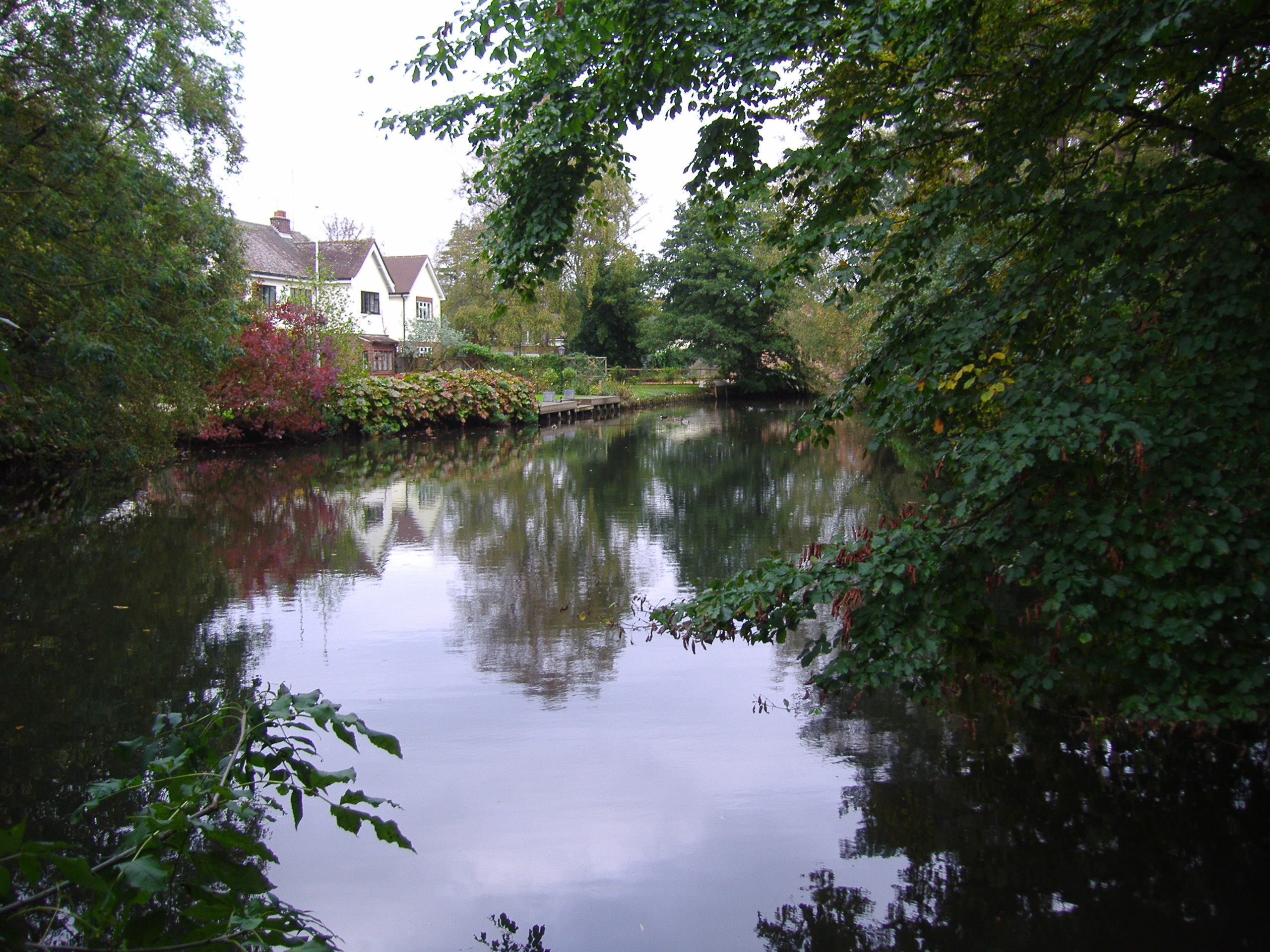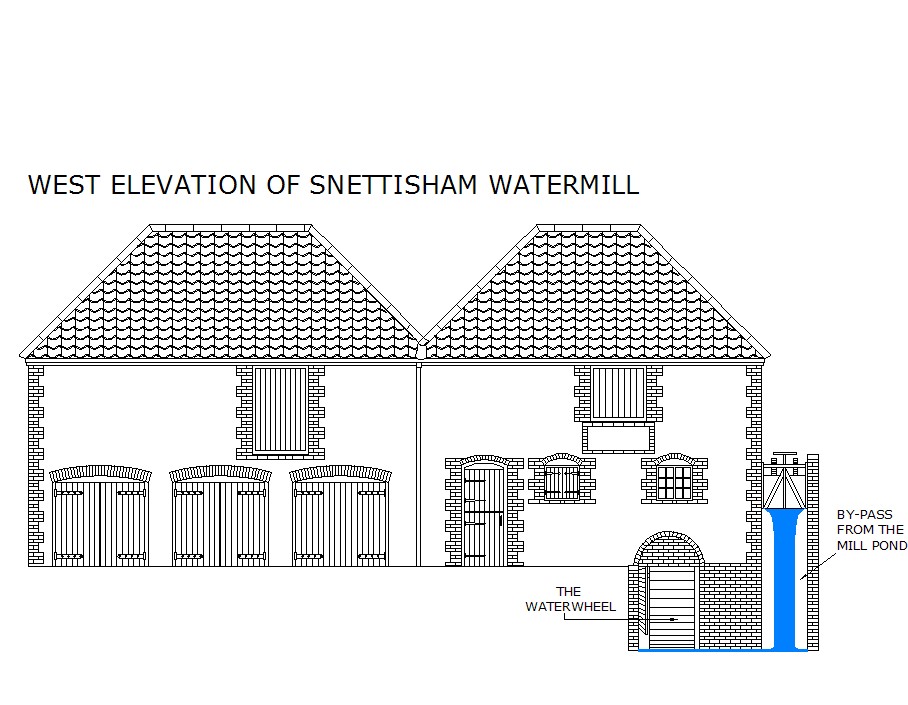River Ingol on:
[Wikipedia]
[Google]
[Amazon]
The River Ingol is a small river in the west of the


 On the river at Snettisham stands a
On the river at Snettisham stands a
English
English usually refers to:
* English language
* English people
English may also refer to:
Peoples, culture, and language
* ''English'', an adjective for something of, from, or related to England
** English national ...
county of Norfolk
Norfolk () is a ceremonial and non-metropolitan county in East Anglia in England. It borders Lincolnshire to the north-west, Cambridgeshire to the west and south-west, and Suffolk to the south. Its northern and eastern boundaries are the Nor ...
.
Sources
The source of the river can be found a little to the west of the village ofShernborne
Shernborne is a civil parish in the English county of Norfolk.
It covers an area of and had a population of 59 in 24 households at the 2001 census.Snettisham
Snettisham is a village and civil parish in the English county of Norfolk. It is located near the west coast of Norfolk, some south of the seaside resort of Hunstanton, north of the town of King's Lynn and northwest of the city of Norwic ...
, and north of the hamlet of Ingoldisthorpe
Ingoldisthorpe is a village and civil parish in the north-west of the English county of Norfolk. It is located approximately north-east of the town King's Lynn and from the county town of Norwich.Ordnance Survey (2002). ''OS Explorer Map 250 ...
.
Watermill at Snettisham

 On the river at Snettisham stands a
On the river at Snettisham stands a watermill
A watermill or water mill is a mill that uses hydropower. It is a structure that uses a water wheel or water turbine to drive a mechanical process such as milling (grinding), rolling, or hammering. Such processes are needed in the production ...
TF68083346 . This was built in 1800 for £800 at a time when bread
Bread is a staple food prepared from a dough of flour (usually wheat) and water, usually by baking. Throughout recorded history and around the world, it has been an important part of many cultures' diet. It is one of the oldest human-made f ...
was scarce and it was built by the community of Snettisham
Snettisham is a village and civil parish in the English county of Norfolk. It is located near the west coast of Norfolk, some south of the seaside resort of Hunstanton, north of the town of King's Lynn and northwest of the city of Norwic ...
for the people of the village. It is believed that the present mill was built on an existing site although virtually no records have so far been found apart from the fact that Thomas Stonne was a Snettisham miller in 1626. At the time of Domesday, there were seven mills in Snettisham more than in any other Norfolk village. Today's mill is very small and originally consisted of a single small structure built of local dark brown carrstone with a pantiled roof. In 1877, machinery was improved and a granary and wagon store were added to the complex. The mill had three pairs of stones and unusually the larger two pairs were driven from above and the smaller pair from below, the latter pair required less power and was used when water levels were low. The mill worked on until 1940 producing flour
Flour is a powder made by grinding raw grains, roots, beans, nuts, or seeds. Flours are used to make many different foods. Cereal flour, particularly wheat flour, is the main ingredient of bread, which is a staple food for many cul ...
and after that was used for animal feed production until 1960. The mill was restored, and brought back to working order by 1984. It was sold in 2008, and a planning application lodged to part convert it to holiday accommodation. Permission was refused. 1 September 2008.
Snettisham to the Sea
From Snettisham the river flows again across openagricultural
Agriculture or farming is the practice of cultivating plants and livestock. Agriculture was the key development in the rise of sedentary human civilization, whereby farming of domesticated species created food surpluses that enabled peopl ...
land. The river's course has been modified but there are no embankments or flood defence structures to date. The lowermost reaches of the river run parallel to the coastline where the river backs up into a series of ponds and tidal flaps, discharging into the sea at low tide. These brackish lagoons, intertidal mudflats, and salt marshes all host a selection of birds, plants, and rare invertebrates. On Faden’s map of Norfolk of 1797, the tidal ponds of today were part of what was then Snettisham harbour and salt marshes, which was also then the mouth of the river Ingol
References
{{authority controlIngol
Ingol is an electoral ward and suburb of Preston, Lancashire, England. The population of the Ward as taken at the 2011 census was 7,369. The ward also includes the district of Tanterton. The ward is coterminous with the civil parish of Ingol an ...